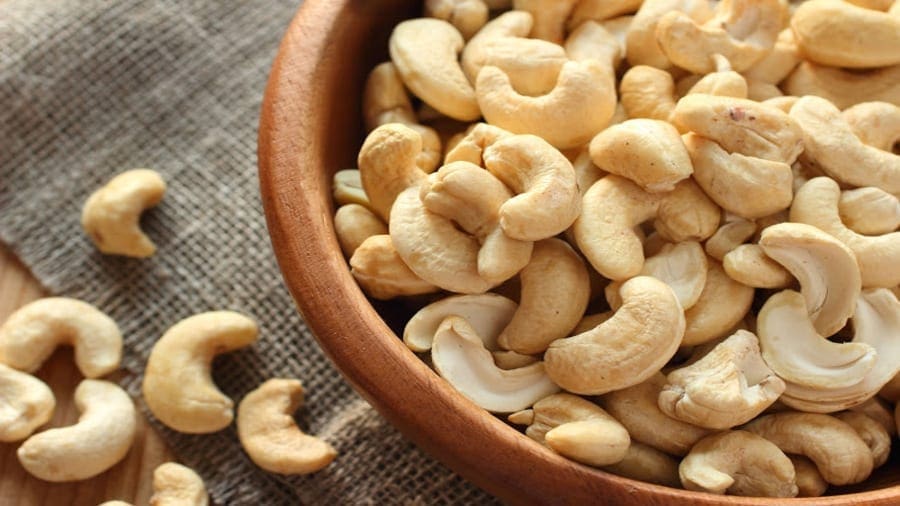ARGENTINA – Milk production in Argentina is projected to rise 1.1% during the 2021 Market Year (MY) as producers increase production to offset negative margins caused by rising feed costs and domestic price controls.
According to recently released data by USDA, milk production in the South American nation is projected at 11.58 million tons, an increase of 1.1% over revised MY 2020 production levels.
Fluid Milk is projected to amount to 11,575,000 metric tons of fluid milk, an increase of 130,000 tons or 1.1% above revised 2020 production.
Consumption of fluid milk is also expected to rise by 50,000 tons to 1,800,000 tons due to rising at home consumption and price controls that have milk affordable to most families in Argentina.
The agency also released projections for other milk products such as Butter (37,000 tons), cheese (537,000 tons), and whole milk powder (250,000 tons).
It however lowered its estimates for domestic consumption of whole milk powder, cheese, and butter due to ongoing economic distress adversely affecting the market.
Price controls affect margins
Argentina’s dairy sector continues to be affected by prices controls that have translated to stagnant (in dollar terms) farm gate milk prices.
Stagnating dairy prices have driven Argentine dairy margins into negative territory since September 2020 as feed prices have risen.
Low margins from milk, especially for smaller producers, have led to continued protest by local dairy organizations who demand that current price controls be updated or abandoned.
The government’s has however remained adamant that the goal of the price controls is to guarantee sufficient domestic supply to help contain food price inflation.
In an effort to find a better solution to price controls, leading dairy processors are in negotiations with the government to establish minimum production levels for a variety of dairy products.
An agreement could shield the dairy industry from export controls which the government has threatened or implemented in other agricultural sectors.
Liked this article? Subscribe to Food Business Africa News, our regular email newsletters with the latest news insights from Africa and the World’s food and agro industry. SUBSCRIBE HERE










